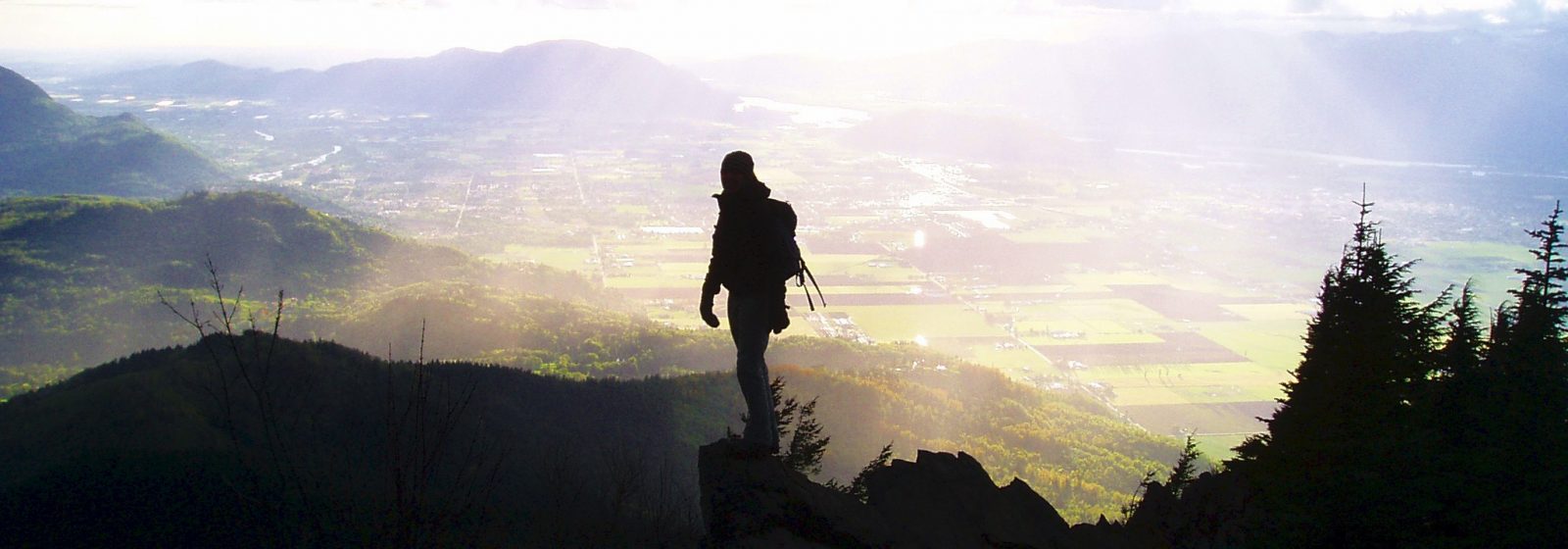After the Mountaintop Experience
You made it! After climbing for hours, your muscles are on fire and your tongue is dry. But you put your hands on the ledge, and with a grunt, wrench yourself up the final few inches. Rising to your feet, you slowly spin in place, absorbing the awesome panoramic view.
Slowly, the rest of your team joins you on the summit. Without them, you never would have gotten this far. You laugh with your friends as you catch your breath, head held high and the wind in your hair. This breathtaking view is the perfect way to commemorate the end of your climb.
Except this isn’t actually the end of your climb.
Every mountaintop experience must eventually end, and sometimes the descent is the most dangerous part of the climb. As you slowly make your way down the mountain, you’re already tired from the journey up. Your mind may be light-headed from the altitude, and your body just wants to relax.
But one lazy misstep could mean disaster on your climb OR on your summer camp or mission trip.
crashing down from the mountaintop
We all love youth ministry events. We design and lead camps, mission trips, LeaderTreks Trips, and weekend retreats to be fun and to grow our students’ spiritual lives.
One of the greatest benefits—and one of the most common pitfalls—of these events is that they lead to a mountaintop experience.

This brings a big rush, but it usually doesn’t lead to long-term growth. Students come crashing down from that mountaintop experience because we focused all of our planning on the journey up, not the journey back down to everyday life.
experiencing long-term growth
So how can we help students safely come down from their mountaintop experience and experience long-term growth? The answer is all in the planning. When an event starts fast, it ends fast. All our events need to create a starting trail and a finishing trail.
creating a starting trail
First, before the trip or event, plan a series of large group talks and small group discussions to prepare students’ hearts for the purpose of the event. This content will help students understand why they’re doing the event in the first place and will allow them time to process the purpose.
When we blaze a proper starting trail, students will be willing to go deep with us at the event and will be prepared to make tough spiritual decisions without feeling rushed.
making a finishing trail
Second, take time to carve a finishing trail for your trip or event. After each event, schedule at least two weeks of debriefing focused on the event topic. Plan time for application and accountability. This will allow for a slow growth curve to take what students learned on the mountaintop and develop it into long-term growth.

If you’re looking for a resource to help students channel their mountaintop experience into everyday life transformation, LeaderTreks has you covered! Check out Beyond the Trip, Rappelling, and Reentry. These are four-week journals designed to give your students a smooth “finishing trail” after your youth ministry event or mission trip.
Students will learn to solidify the experiences they had on the mountaintop. Instead of one good memory, students will experience a life transformed by your event.
About the Author
Doug Franklin
Doug Franklin is the president of LeaderTreks, an innovative leadership development organization focusing on students and youth workers. Doug and his wife, Angie, live in West Chicago, Illinois. They don’t have any kids, but they have 2 dogs that think they are children. Diesel and Penelope are Weimaraners who never leave their side. Doug grew up in… Read More




